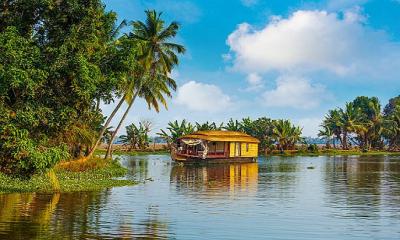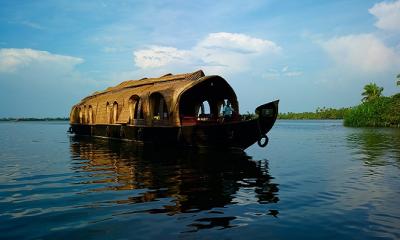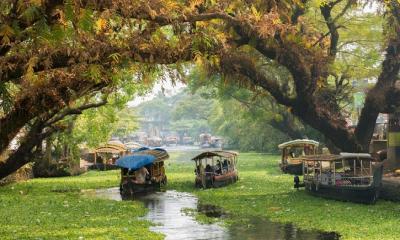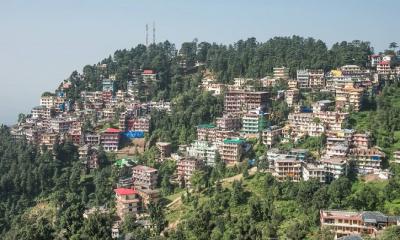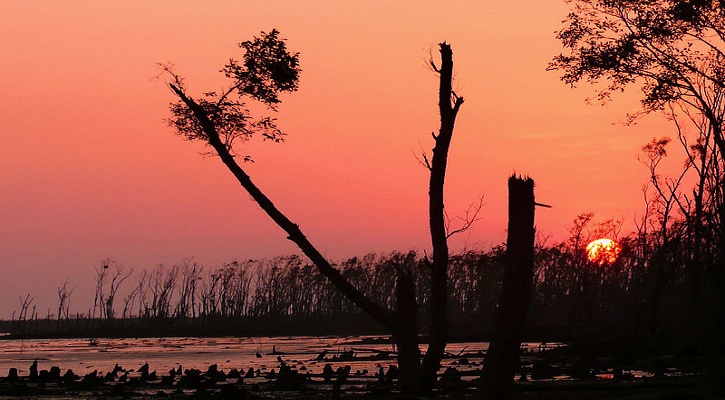
The Sundarbans
- Womenscorner Desk
- June 17, 2020
The Sundarbans is a mangrove area in the delta formed by the confluence of the Ganges, Brahmaputra and Meghna Rivers in the Bay of Bengal. It spans from the Hooghly River in India's state of West Bengal to the Baleswar River in Bangladesh. It comprises closed and open mangrove forests, agriculturally used land, mudflats and barren land, and is intersected by multiple tidal streams and channels. Four protected areas in the Sundarbans are enlisted as UNESCO World Heritage Sites, viz Sundarbans National Park, Sundarbans West, Sundarbans South and Sundarbans East Wildlife Sanctuaries.
The mangrove-dominated Ganges Delta – the Sundarbans – is a complex ecosystem comprising one of the three largest single tracts of mangrove forests of the world. Larger part is situated in Bangladesh, a smaller portion of it lies in India. The Indian part of the forest is estimated to be about 40 percent, while the Bangladeshi part is 60 percent. To the south the forest meets the Bay of Bengal; to the east it is bordered by the Baleswar River and to the north there is a sharp interface with intensively cultivated land. The natural drainage in the upstream areas, other than the main river channels, is everywhere impeded by extensive embankments and polders.
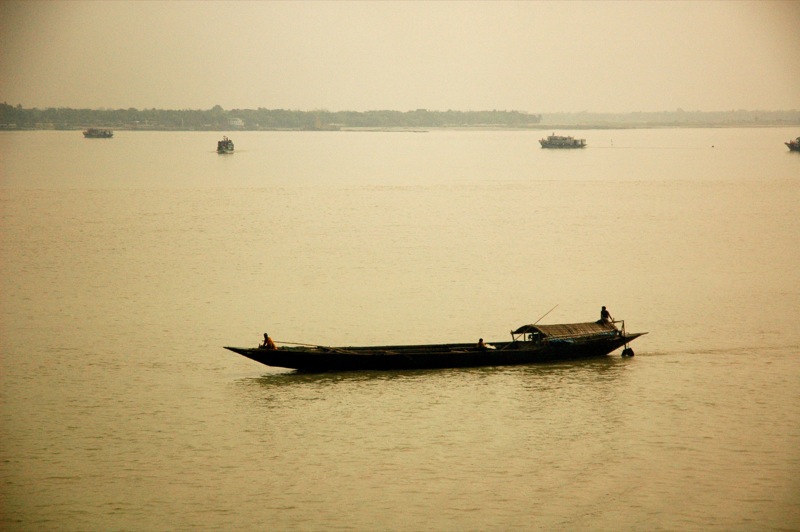
The Sundarbans was originally measured (about 200 years ago) to be of about 16,700 square kilometres (6,400 sq mi). Now it has dwindled into about 1/3 of the original size. The total land area today is 4,143 square kilometres (1,600 sq mi), including exposed sandbars with a total area of 42 square kilometres (16 sq mi); the remaining water area of 1,874 square kilometres (724 sq mi) encompasses rivers, small streams and canals. Rivers in the Sundarbans are meeting places of salt water and freshwater. Thus, it is a region of transition between the freshwater of the rivers originating from the Ganges and the saline water of the Bay of Bengal.
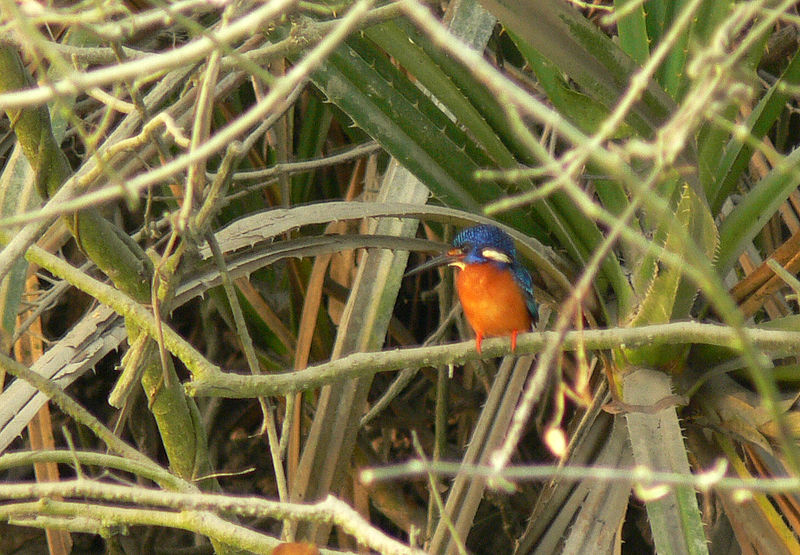
The Sundarbans freshwater swamp forests are a tropical moist broadleaf forest ecoregion of Bangladesh. It represents the brackish swamp forests that lie behind the Sundarbans Mangroves, where the salinity is more pronounced. The freshwater ecoregion is an area where the water is only slightly brackish and becomes quite fresh during the rainy season, when the freshwater plumes from the Ganges and the Brahmaputra rivers push the intruding salt water out and bring a deposit of silt.
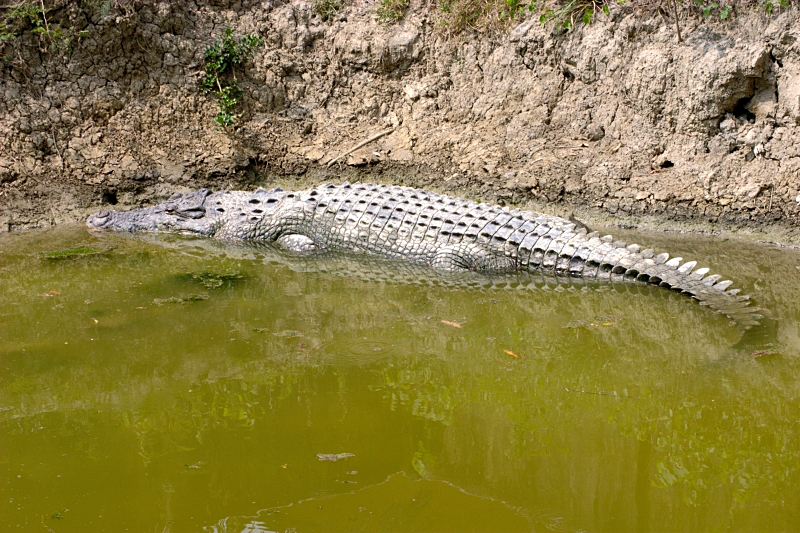
It covers 14,600 square kilometres (5,600 sq mi) of the vast Ganges-Brahmaputra Delta, extending from the northern part of Khulna District and finishing at the mouth of the Bay of Bengal with scattered portions extending into India's West Bengal state. The Sundarbans freshwater swamp forests lie between the upland Lower Gangetic plains moist deciduous forests and the brackish-water Sundarbans mangroves bordering the Bay of Bengal.
The Sundarbans Mangroves ecoregion on the coast forms the seaward fringe of the delta and is the world's largest mangrove ecosystem, with 20,400 square kilometres (7,900 sq mi) of an area covered. The dominant mangrove species Heritiera fomes is locally known as sundri or sundari. Mangrove forests are not home to a great variety of plants. They have a thick canopy, and the undergrowth is mostly seedlings of the mangrove trees. Besides the sundari, other tree species in the forest include Avicennia, Xylocarpus mekongensis, Xylocarpus granatum, Sonneratia apetala, Bruguiera gymnorhiza, Ceriops decandra, Aegiceras corniculatum, Rhizophora
mucronata, and Nypa fruticans palms. Twenty-six of the fifty broad mangrove species found in the world grow well in the Sundarbans. The commonly identifiable vegetation types in the dense Sundarbans mangrove forests are salt water mixed forest, mangrove scrub, brackish water mixed forest, littoral forest, wet forest and wet alluvial grass forests. The Bangladesh mangrove vegetation of the Sundarbans differs greatly from other non-deltaic coastal mangrove forests and upland forests associations. Unlike the former, the Rhizophoraceae are of minor importance.
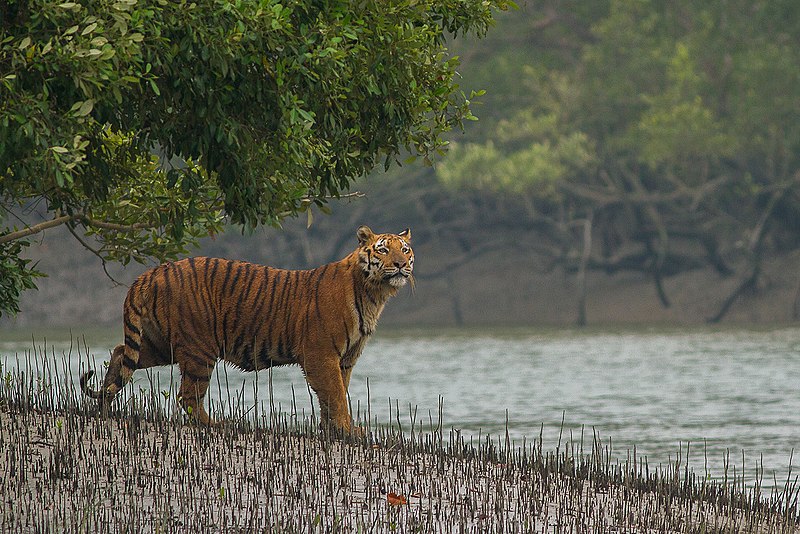
A total 245 genera and 334 plant species were recorded by David Prain in 1903. While most of the mangroves in other parts of the world are characterised by members of the Rhizophoraceae, Avicenneaceae or Combretaceae, the mangroves of Bangladesh are dominated by the Malvaceae and Euphorbiaceae.
The Sundarbans flora is characterised by the abundance of sundari (Heritiera fomes), gewa (Excoecaria agallocha), goran (Ceriops decandra) and keora (Sonneratia apetala) all of which occur prominently throughout the area. The characteristic tree of the forest is the sundari (Heritiera littoralis), from which the name of the forest had probably been derived. It yields a hard wood, used for building houses and making boats, furniture and other things. New forest accretions is often conspicuously dominated by keora (Sonneratia apetala) and tidal forests. It is an indicator species for newly accreted mudbanks and is an important species for wildlife, especially spotted deer. There is abundance of dhundul or passur (Xylocarpus granatum) and kankra (Bruguiera gymnorhiza) though distribution is discontinuous. Among palms, Poresia coaractata, Myriostachya wightiana and golpata (Nypa fruticans), and among grasses spear grass (Imperata cylindrica) and khagra (Phragmites karka) are well distributed.
The Sundarbans provides a unique ecosystem and a rich wildlife habitat. According to the 2015 tiger census in Bangladesh, and the 2011 tiger census in India, the Sundarbans have about 180 tigers (106 in Bangladesh and 74 in India). Earlier estimates, based on counting unique pugmarks, were much higher.
The Sundarbans provides a unique ecosystem and a rich wildlife habitat. According to the 2015 tiger census in Bangladesh, and the 2011 tiger census in India, the Sundarbans have about 180 tigers (106 in Bangladesh and 74 in India). Earlier estimates, based on counting unique pugmarks, were much higher. The more recent counts have used camera traps, an improved methodology that yields more accurate results.Tiger attacks are frequent in the Sundarbans, with up to 50 people being killed each year.
Most importantly, mangroves are a transition from the marine to freshwater and terrestrial systems, and provide critical habitat for numerous species of small fish, crabs, shrimps and other crustaceans that adapt to feed and shelter, and reproduce among the tangled mass of roots, known as pneumatophores, which grow upward from the anaerobic mud to get the supply of oxygen. A 1991 study has revealed that the Indian part of the Sundarbans supports diverse biological resources including at least 150 species of commercially important fish, 270 species of birds, 42 species of mammals, 35 reptiles and 8 amphibian species, although new ones are being discovered. This represents a significant proportion of the species present in Bangladesh (i.e. about 30% of the reptiles, 37% the birds and 34% of the mammals) and includes many species which are now extinct elsewhere in the country.Two amphibians, 14 reptiles, 25 aves and five mammals are endangered. The Sundarbans is
an important wintering area for migrant water birds and is an area suitable for watching and studying avifauna.
The Sundarbans are an important habitat for the Bengal tiger (Panthera tigris tigris).The forest also provides habitat for small wild cats such as the jungle cat (Felis chaus), fishing cat (Prionailurus viverrinus), and leopard cat (P. bengalensis).
Several predators dwell in the labyrinth of channels, branches and roots that poke up into the air. This is the only mangrove ecoregion that harbours the Indo-Pacific region's largest terrestrial predator, the Bengal tiger. Unlike in other habitats, tigers live here and swim among the mangrove islands, where they hunt scarce prey such as the chital deer (Axis axis), Indian muntjacs (Muntiacus muntjak), wild boar (Sus scrofa), and Rhesus macaque (Macaca mulatta). It is estimated that there are now 180 Bengal tigers and about 30,000 spotted deer in the area. The tigers regularly attack and kill humans who venture into the forest, human deaths ranging from 30–100 per year.
The forest is also rich in bird life, with 286 species including the endemic brown-winged kingfishers (Pelargopsis amauroptera) and the globally threatened lesser adjutants (Leptoptilos javanicus) and masked finfoots (Heliopais personata) and birds of prey such as the ospreys (Pandion haliaetus), white-bellied sea eagles (Haliaeetus leucogaster) and grey-headed fish eagles (Ichthyophaga ichthyaetus). Some more popular birds found in this region are open billed storks.
The Sundarbans National Park is home to olive ridley turtle, hawksbill turtle, green turtle, sea snake, dog-faced water snake, estuarine crocodile, chameleon, king cobra, Russell's viper, house gecko, monitor lizard, pythons, common krait, green vine snake, checkered keelback and rat snake. The river terrapin, Indian flap-shelled turtle (Lissemys punctata), peacock soft-shelled turtle (Trionyx hurum), yellow monitor, Asian water monitor, and Indian python.
Fish and amphibians found in the Sundarbans include sawfish, butter fish, electric ray, common carp, silver carp, barb, river eels, starfish, king crab, fiddler crab, hermit crab, prawn, shrimps, Gangetic dolphins, skipper frogs, common toads and tree frogs. One particularly interesting fish is the mudskipper, a gobioid that climbs out of the water into mudflats and even climbs trees.
Forest inventories reveal a decline in standing volume of the two main commercial mangrove species – sundari (Heritiera spp.) and gewa (Excoecaria agallocha) — by 40% and 45% respectively between 1959 and 1983. Despite a total ban on all killing or capture of wildlife other than fish and some invertebrates, it appears that there is a consistent pattern of depleted biodiversity or loss of species (notably at least six mammals and one important reptile) in the 20th century, and that the "ecological quality of the original mangrove forest is declining".
The Sundarbans plays an important role in the economy of the southwestern region of Bangladesh as well as in the national economy. It is the single largest source of forest produce in the country. The forest provides raw materials for wood-based industries. In addition to traditional forest produce like timber, fuelwood, pulpwood etc., large-scale harvest of non-wood forest products such as thatching materials, honey, beeswax, fish, crustacean and mollusc resources of the forest takes place regularly. The vegetated tidal lands of the Sundarbans function as an essential habitat, produces nutrients and purifies water. The forest also traps nutrient and sediment, acts as a storm barrier, shore stabiliser and energy storage unit. Last but not the least, the Sunderbans provides an aesthetic attraction for local and foreign tourists.
The forest has immense protective and productive functions. Constituting 51% of the total reserved forest estate of Bangladesh, it contributes about 41% of total forest revenue and accounts for about 45% of all timber and fuel wood output of the country. A number of industries (e.g., newsprint mill, match factory, hardboard, boat building, furniture making) are based on raw materials obtained from the Sundarbans ecosystem. Non-timber forest products and plantations help generate considerable employment and income opportunities for at least half a million poor coastal people. It provides natural protection to life and properties of the coastal population in cyclone-prone Bangladesh.
Part of the Sundarbans is shielded from tidal inflow by leaves and there one finds villages and agriculture. During the monsoon season, the low lying agricultural lands are waterlogged and the summer crop (kharif crop) is therefore mainly deepwater rice or floating rice. In the dry winter season the land is normally uncropped and used for cattle grazing. However, the lands near the villages are irrigated from ponds that were filled up during monsoon, and vegetable crops (Rabi crops) can be grown here.
The Sundarbans is celebrated through numerous Bengali folk songs and dances, often centred around the folk heroes, gods and goddesses specific to the Sunderbans (like Bonbibi and Dakshin Rai) and to the Lower Gangetic Delta (like Manasa and Chand Sadagar). The Bengali folk epic Manasamangal mentions Netidhopani and has some passages set in the Sundarbans during the heroine Behula's quest to bring her husband Lakhindar back to life.

